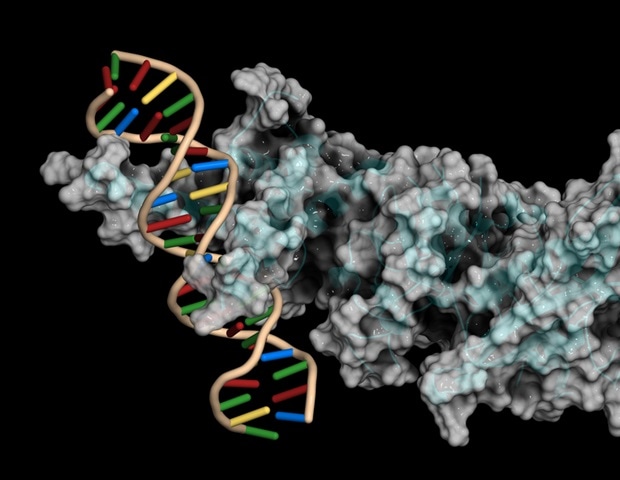
Arrhythmias, a group of disorders that disrupt the normal rhythm of the heart, can lead to serious health complications such as heart failure, stroke, and sudden death. The global prevalence of arrhythmias, particularly atrial fibrillation, is on the rise, contributing to substantial health and economic burdens. While the cardiovascular dangers of air pollution are well-documented, the long-term effects of different pollutants on arrhythmia subtypes remain insufficiently explored. Addressing this knowledge gap is crucial for advancing prevention and management strategies.
This study (DOI: 10.1016/j.eehl.2024.05.006), conducted by the Shanghai Institute of Infectious Disease and Biosecurity, was published in Eco-Environment & Health on June 11, 2024. Leveraging data from the UK Biobank cohort of over 442,000 participants, the research examined the association between long-term exposure to PM2.5, PM2.5-10, NO2, and NOx and the incidence of various arrhythmias. The findings highlight the critical need to consider air pollution as a modifiable risk factor in arrhythmia prevention.
The study revealed that prolonged exposure to air pollutants, especially PM2.5, is linked to a higher risk of arrhythmias. A 10 μg/m³ increase in PM2.5 corresponded to a 26% rise in the hazard ratio (HR) for arrhythmias, while NO2 and NOx increases were associated with 3% and 2% higher risks, respectively. The composite Air Pollution Score (APS), which aggregates exposure levels to these pollutants, indicated that individuals in the highest quintile of exposure faced significantly elevated risks of atrial fibrillation, ventricular tachycardia, and other less studied arrhythmias such as supraventricular tachycardia and ventricular premature beats. Notably, women, older adults, and those with preexisting conditions were particularly susceptible.
Our results underscore the critical public health implications of air pollution. The clear associations between air pollutants and a broad range of arrhythmias—not just atrial fibrillation—suggest that current preventative measures should be expanded to address broader cardiac risks. Reducing exposure to harmful pollutants could play a significant role in lessening the burden of these potentially severe heart conditions.”
Dr. Renjie Chen, study’s principal investigator
The study highlights the pressing need for stringent air quality control measures, especially in densely populated urban areas where pollution exposure is highest. By curbing emissions of hazardous pollutants such as PM2.5 and NO2, significant progress can be made in preventing arrhythmias and reducing related healthcare costs. Targeted public health strategies should focus on protecting vulnerable groups, including the elderly and individuals with cardiovascular conditions, to mitigate the far-reaching health impacts of air pollution.
Source:
Chinese Academy of Sciences
Journal reference:
Zhou, L., et al. (2024). Long-term exposure to air pollution and incidence risk of various arrhythmias: a prospective cohort study. Eco-Environment & Health. doi.org/10.1016/j.eehl.2024.05.006.







